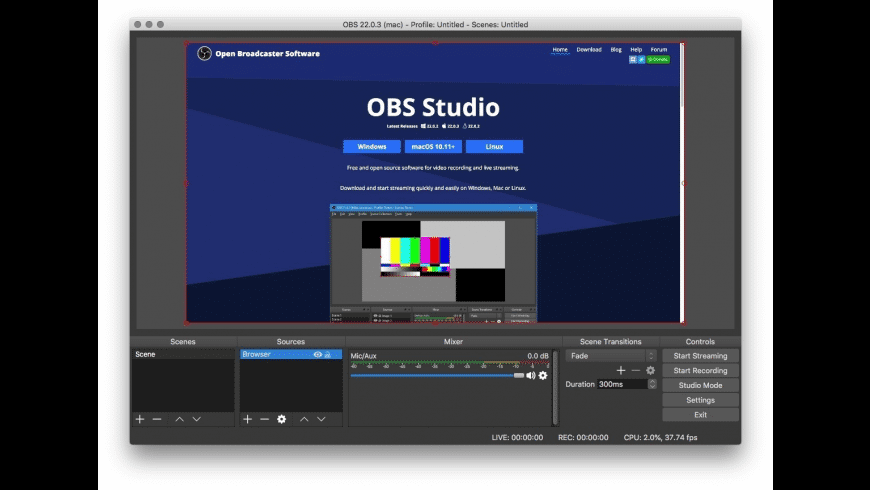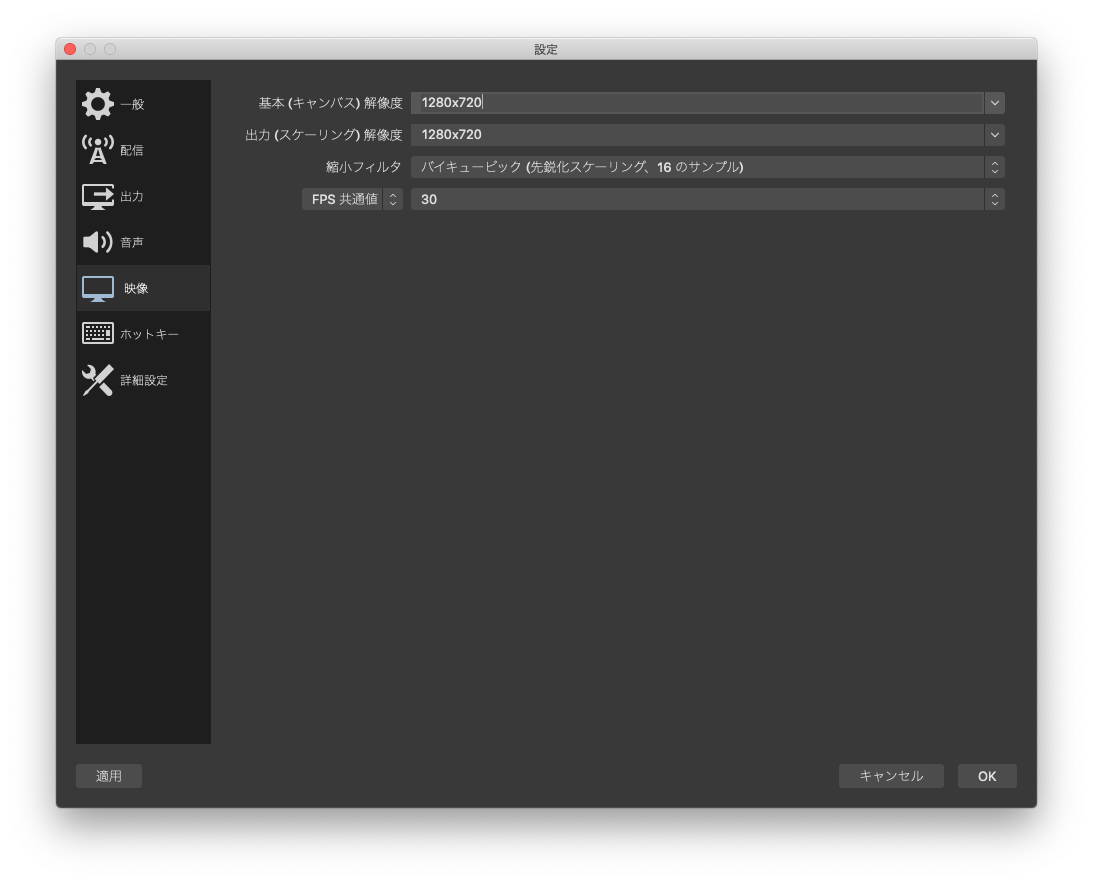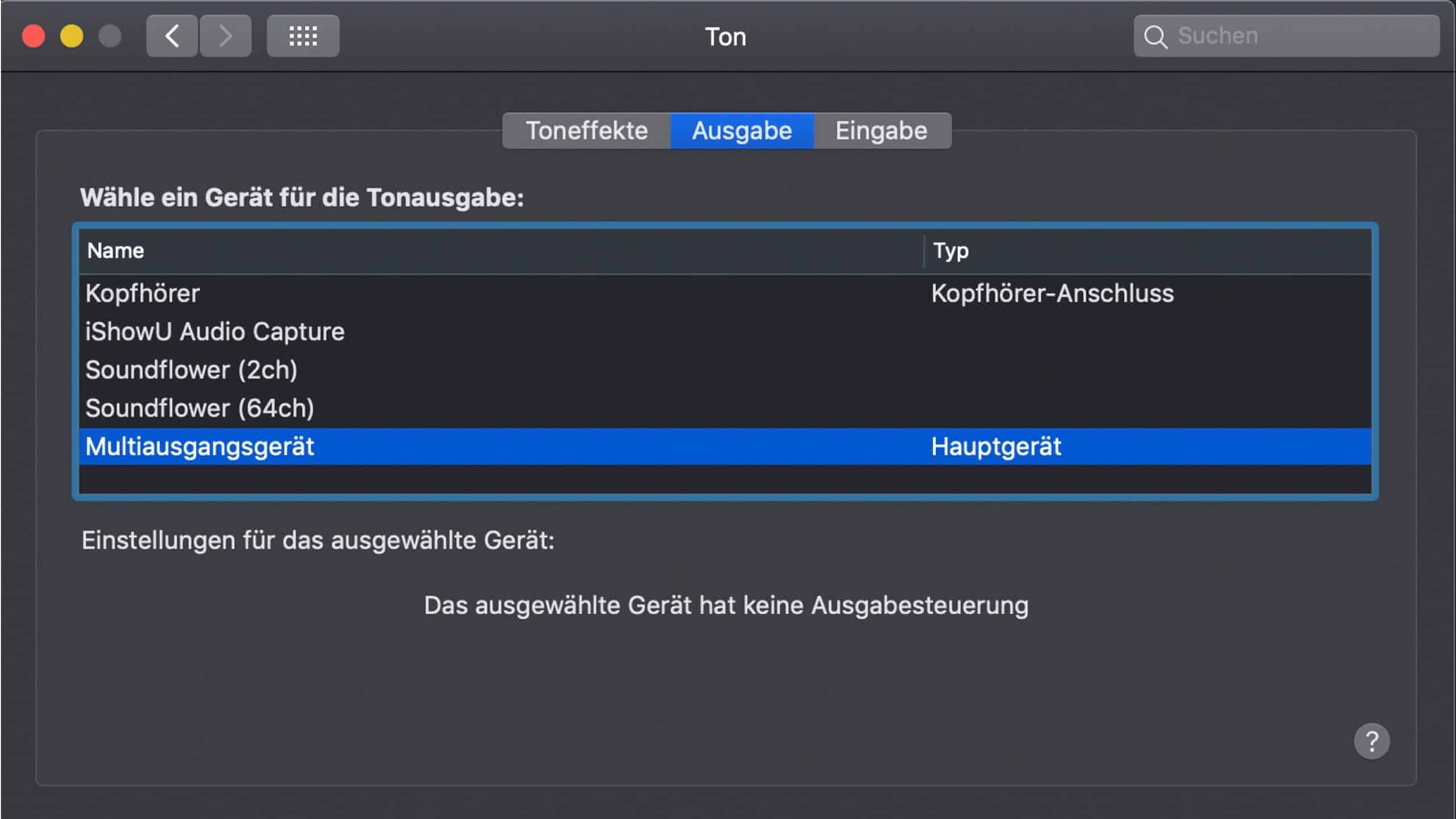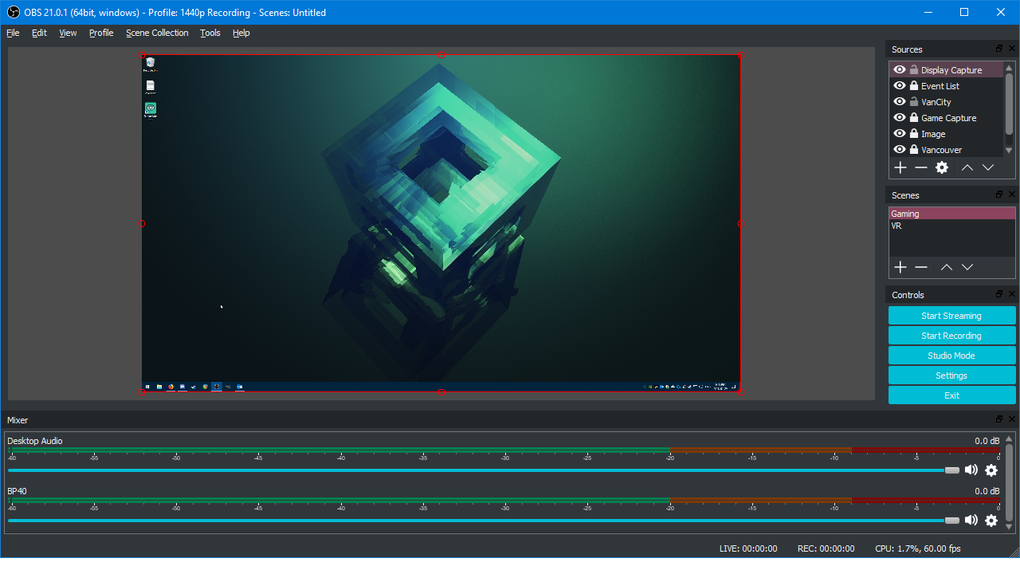

Starting with macOS 11, it is best practice to always codesign all binaries on macOS. OR run the CLI UI with a preset to change options directly: ccmake -preset macos-arm64.cmake -preset macos-arm64 -DENABLE-BROWSER:BOOL=OFF Either specify them directly as cache variables, e.g.Both options require the project to be configured with a correct developer certificate, team identifier and provisioning profile (see below)Ĭustom build options can be provided to CMake after specifying the CMake preset:."Upload" checks if the application is fully compliant and also uploads it to Apple's notarization service."Export" checks if the application is fully compliant with Apple's codesigning requirements (you will be prompted to specify a provisioning profile for specific targets if necessary).Selecting "Developer ID" allows one to "Export" or "Upload" the application.Select "Copy App" to just copy OBS to a desired location.Select "Distribute App" to start an export of the archive.Xcode will automatically open the "Organizer" window after successfully creating an archive.Select "Archive" from the "Product" menu item (Xcode will build the project in "Release" configuration, as is canonical on macOS).To generate optimised and fully codesigned application bundles, use the archive and export functions provided by Xcode: Choose this scheme from within Xcode (or specify via the command line) and build the project. HINT: You can install the tool xcbeautify to make the xcodebuild output more readable - the suggested way to run the build command changes slightly in that case: set -o pipefail & 2>&1 | xcbeautifyĬMake creates an install scheme that will automatically install OBS into the Applications directory.



NOTE: Since March 2023, obs-studio uses an updated build system on macOS that automated most steps required in old build systems.


 0 kommentar(er)
0 kommentar(er)
